The Story of the Dying Bajau People. |
|
The Bajau Laut are people who live at
sea and survive by fishing for food. They have lived for centuries,
primarily in a tract of ocean next to the Philippines, Malaysia, and
Indonesia. They go on land only to trade or to fix their boats/houses.
These unique people and the way they live was documented by a UK
photographer named James Morgan.
|
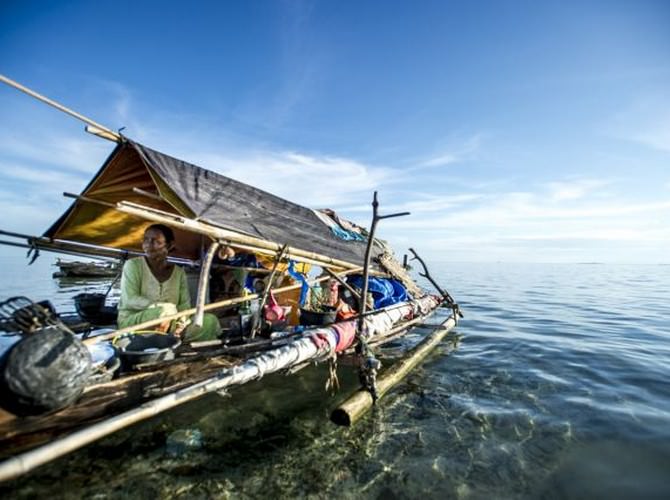 |
|
They live on handmade "lepa - lepa", boats which carry everything they need from food and water, to plants and cooking utensils. |
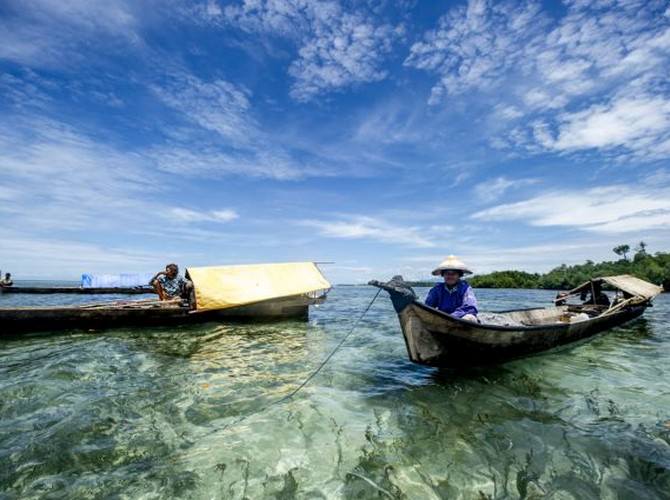 |
|
Fishing is the most important part of
their lives as it's both the way they provide food for themselves, and
how they gather goods to sell. They are skilled divers, reaching depths
up to 100 feet to hunt for grouper, pearls and sea cucumbers.
|
 |
|
Since diving is a daily activity, many of the Bajau rupture their ear drums at an early age.
|
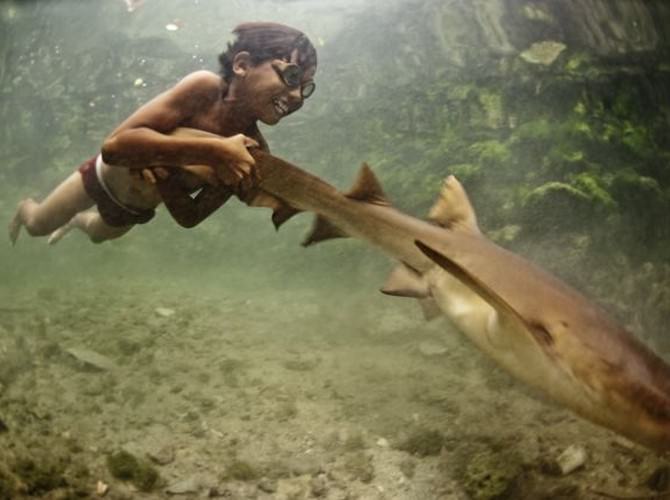 |
|
The lives of the Bajau are hard and
full of many dangers, so living up to an old age is very rare. Many are
crippled or die from "the bends", the decompression sickness that occurs
when people dive and resurface, before allowing their bodies to
depressurize.
|
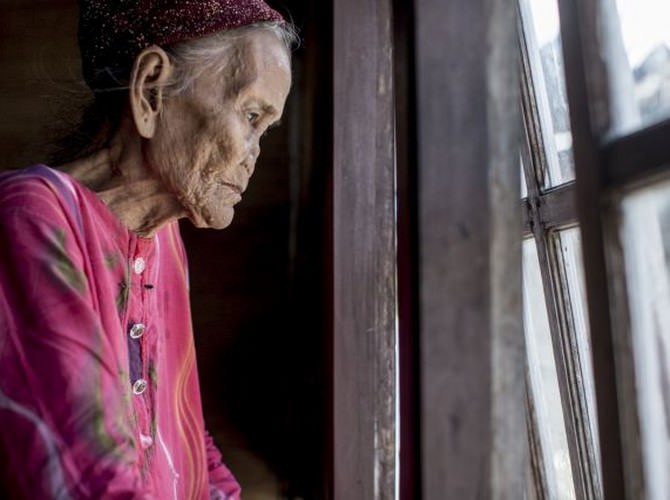 |
|
As the years went by the Bajau have come to face a new danger, they have over - fished their habitat.
|
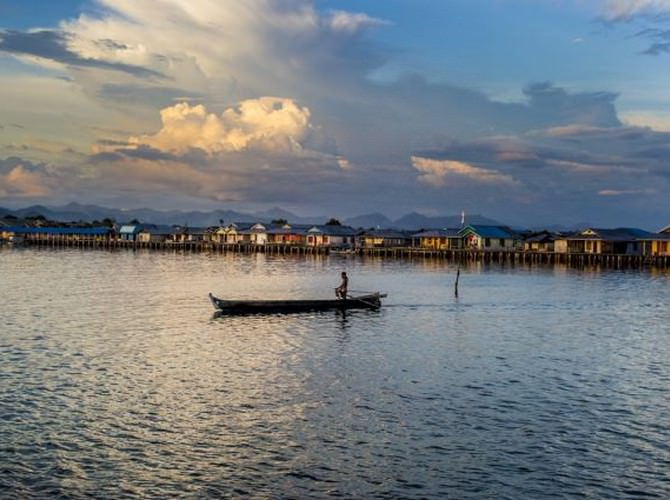 |
|
The problem begun when soldiers
during World War II introduced them to dynamite fishing. This
destructive fishing technique took a big toll of the environment and the
fish,
|
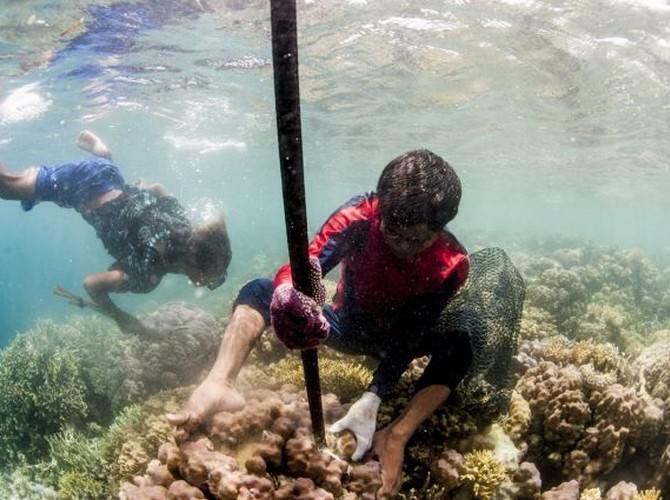 |
|
The fish they don't eat they sell to Hong Kong fishing companies, mostly grouper and Napoleon wrasse fish.
|
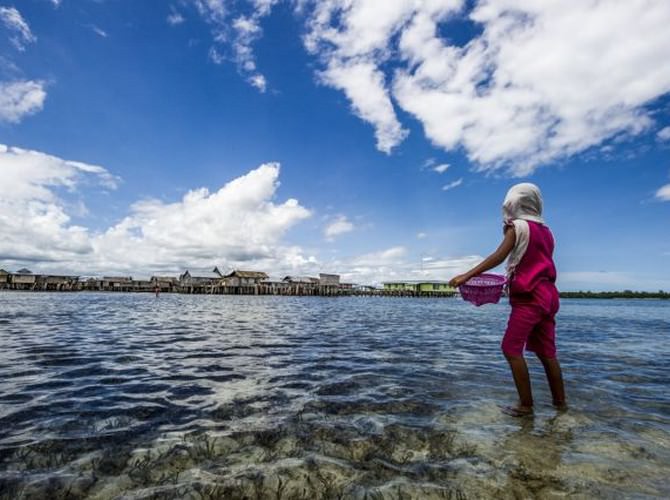 |
|
Since some fish are better sold
alive, to keep them fresh, the Bajau have also taken up fishing with
potassium cyanide. This chemical stuns the fish, which allows them to be
sold alive, but it also severely damages the coral reefs.
|
 |
|
The cyanide was introduced to the
Bajau by the Hong Kong fishing companies, creating what Morgan calls "a
vicious cycle." The Bajau can't fish enough to pay off the price of the
chemical sold to them.
|
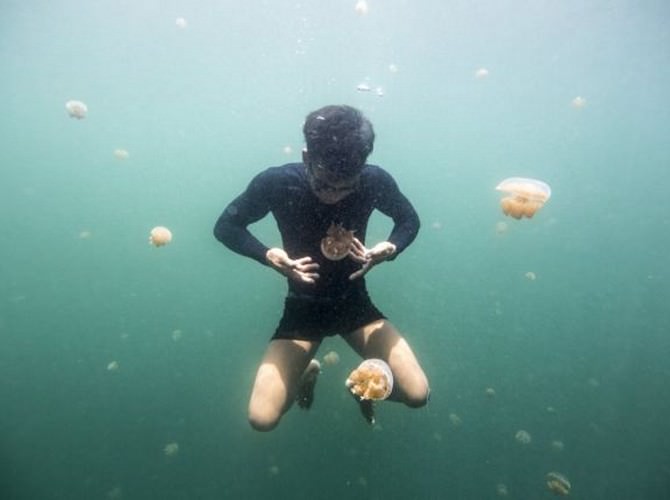 |
|
Once the fish are sold to the Hong
Kong companies they inject them with steroids, even more chemicals, to
keep them alive and big. The live fish are then sold to Asian
restaurants where they are offered for a very high price.
|
 |
|
The lack of money and fish are not
the only reasons that the Bajau are slowly losing their culture.
Government programs have forced many Bajau to live on land as they
constantly cross international borders, causing damage with their
fishing.
|
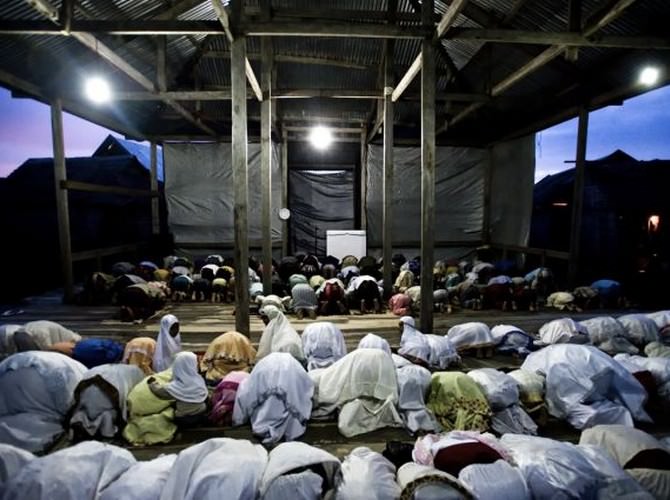 |
|
According to Morgan, when the current
generation of Bajau die, there will be none left on the sea. In light
of all the hardship they suffer, Bajau youth leave the boats in search
of work in the cities as soon as they are old enough.
|
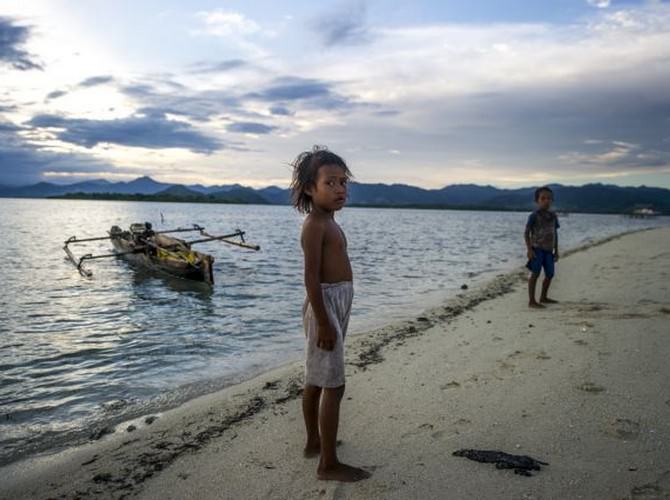 |
|
Some hope for the Bajau may come from
the World Wide Fund for Nature and Conservation. They are doing their
best to teach the Bajau about sustainability practices but it takes time
for both the people to learn, and for nature to heal.
|
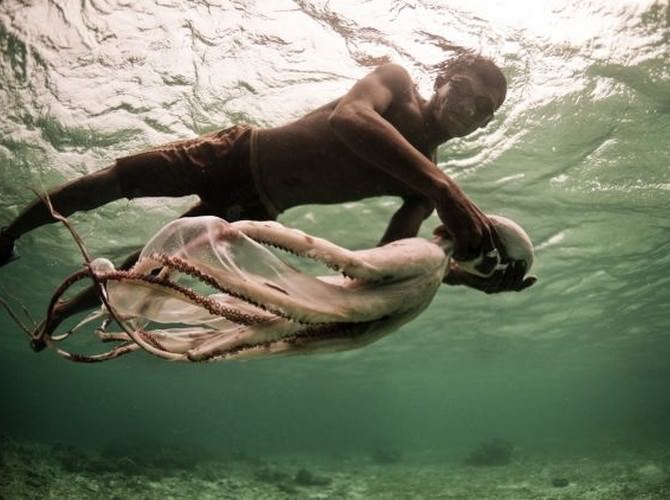 |
|
Morgan did his part to help by
publishing his story in the South China Morning Post, as Hong Kong is
the main terminus of the Bajau's fish. The story had a big impact on the
live fish trade and Morgen says he got hundreds of emails in response.
|
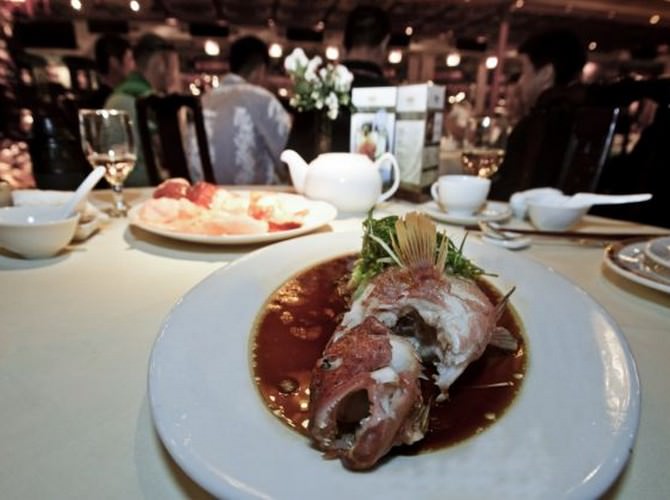 |
jeudi 25 septembre 2014
The Story of the Dying Bajau People.
Inscription à :
Publier les commentaires (Atom)
Aucun commentaire:
Enregistrer un commentaire